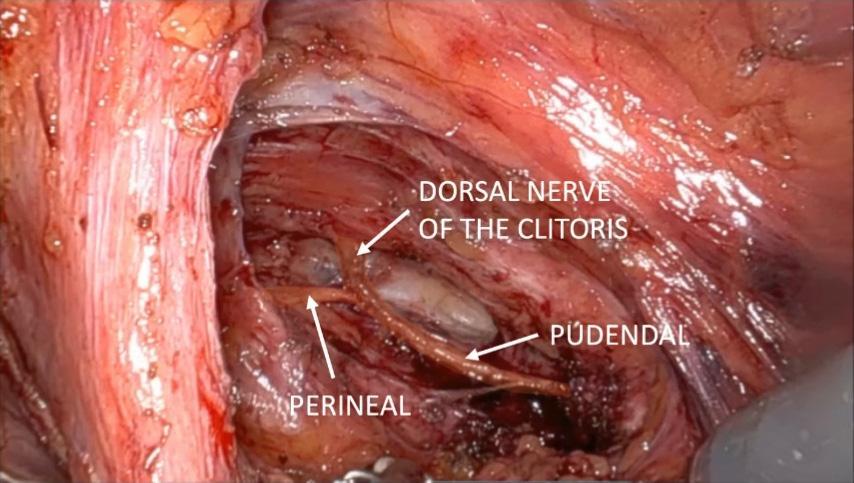About the Program
Fellowship requirements: Completion of ACGME-approved obstetrics and gynecology residency
Program length: 2 years
Number of fellows: One every other year
Application Process
Please forward the following to fellowship@wpsnj.com
- CV
- Completed Application
- Three letters of recommendations (one from your program director)
Fellowship Location
211 Essex St, Suite 402
Hackensack, NJ 07605
P: 201-301-2772
F: 551-313-8274
The Advanced Female Pelvic Neurosurgery Fellowship is a prestigious, private program based at Women’s Pelvic Surgery and Hackensack University Medical Center. This unique two-year fellowship offers specialized training in advanced robotic surgical techniques, with a primary focus on the dissection of key pelvic nerves, including the hypogastric, pudendal, obturator, and sciatic nerves.
The program's core emphasis is on mastering the surgical approach to these nerves, understanding their complex anatomy, and exploring their applications across a variety of clinical scenarios. Fellows will have the opportunity to hone advanced skills in nerve dissection, significantly enhancing their expertise in female pelvic surgery.
Throughout the fellowship, participants will work closely with Dr. Khashayar Shakiba, MD, FACOG, FPMRS, at Women’s Pelvic Surgery of NJ and perform surgeries at Hackensack University Medical Center. The fellowship features a structured schedule, with dedicated time for surgeries, outpatient clinic responsibilities, and academic endeavors, including research and manuscript development. Fellows will gain hands-on experience as primary surgical assistants, becoming proficient in minimally invasive retroperitoneal dissections and contributing to the advancement of pelvic neurosurgery.
A view inside the Alcock canal:
After medial retraction of the obturator internus fascia, the pudendal nerve and vessels are visible passing inferiorily to the sacrospinous ligament and entering the Alcock canal.



Dissection of the Distal Pudendal Nerve:
By dissecting and medially displacing the fascia of the obturator internus muscle, the pudendal nerve is seen traversing the Alcock canal. Distally, its two terminal branches are visible, the dorsal nerve of the clitoris and the perineal nerve, repectively.



Exposure of the Static Nerve:
Dissection lateral to the ischial spine shows the sciatic nerve exiting the pelvis through the greater sciatic foramen.

Neurolysis of the Hypogastric Nerve:
In a patient with extensive endometriosis, resection of the inflammed peritoneum and neurolysis of the underlying hypogastric nerve helps to reduce symptoms of urinary dysfunction